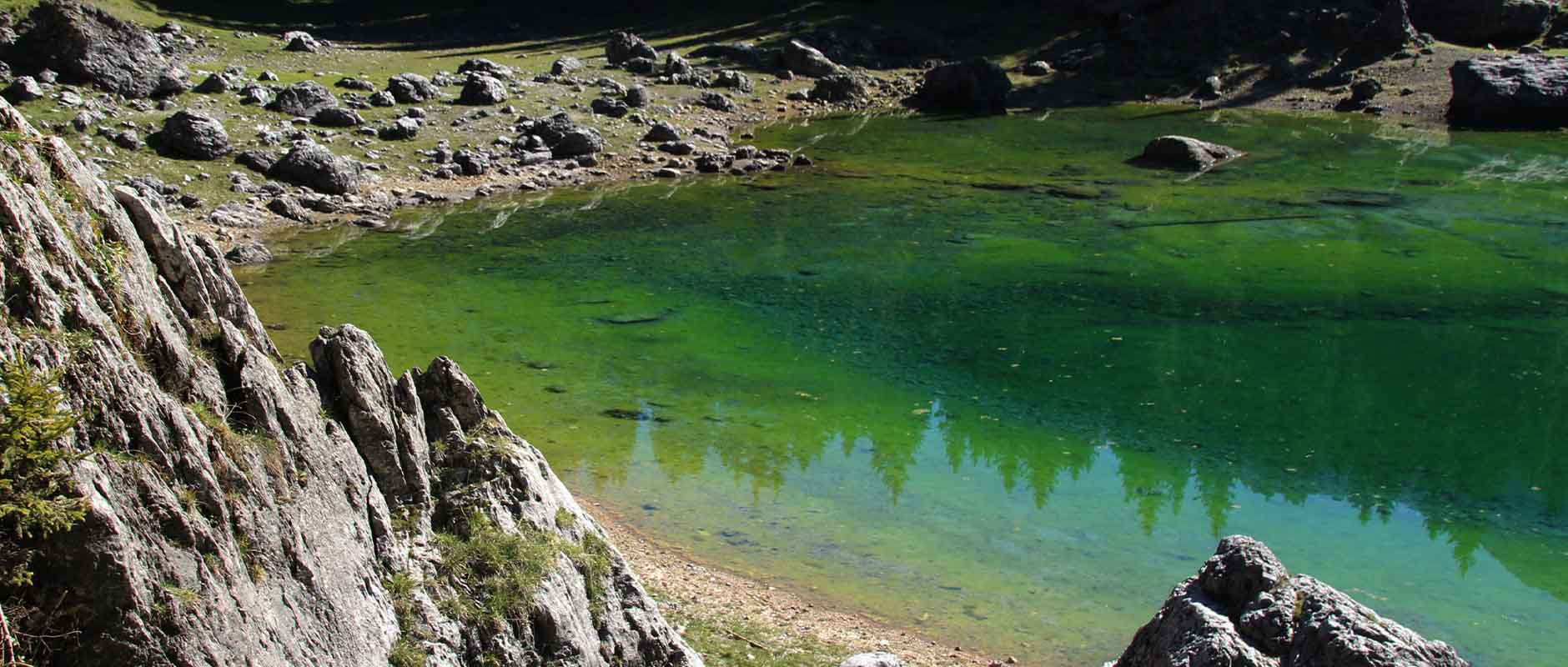We often look at how algae affect humans. Whether by analyzing how toxic blooms harms us or by looking at the health benefits of including edible ones in our diets, countless areas benefit from a good understanding of the different kinds of algae. However, a recent study looks at the issue from a flipped perspective: how do humans affect cyanobacteria?
Cyanobacteria are a type of photosynthetic bacteria and are found in aquatic environments all over the globe. They are some of the earliest photosynthetic organisms and might have given rise to chloroplasts, the parts of plant cells where photosynthesis takes place.
Cyanobacteria are known to shape aquatic communities and can cause massive blooms that reduce water quality and threaten various ecosystem functions. They can outcompete other algae, thus throwing the aquatic food chains into disarray, and can even affect humans by clogging water systems and by preventing water-based tourism. In the worst cases, cyanobacteria blooms are dominated by taxa that produce toxins that are harmful to zooplankton, birds, and mammals, including humans, which can lead to entire aquatic ecosystems dying off and humans being left without safe water for weeks or even months. This makes understanding them a vital need for human development and well-being.
Back to the past
The new scientific study has revealed the impact of human activity on lake cyanobacteria communities over the last centuries, and how human activities have been shaping aquatic communities. It used high-resolution molecular analyses on sedimentary ancient DNA to reconstruct the history of cyanobacteria throughout the Holocene in a lake in northeastern Germany. It used lake sediments for this purpose, which are a repository for organic and inorganic material that is produced within the lake or transported from its catchment area and act as natural archives for regional climatic and environmental history. Lake Tiefer See, in Northern Germany, is a perfect lake for this study, as a long record of sediments is available and the processes shaping it and its aquatic ecosystems are well understood. The scientists used various technologies to date the sediments and estimate the abundance of cyanobacteria and found two substantial increases in cyanobacteria abundance over its observable past.
The first increase in abundance coincided with the arrival of the first human settlers during the early Bronze Age, around 4000 years ago. Signs of deforestation and pollen records further suggest a strong link between human arrival and increased nutrient availability to cyanobacteria. Archaeological findings such as a burial mound, swords, a lanyard, socket axe, and a ring dated to the Bronze Age have been recovered from Lake Tiefer See and neighboring Flacher See, suggesting intensive human activities in the area. It seems likely that these early settlers built walled burial houses and two-aisled buildings near the lake in which handicraft activities—such as pottery or bronze foundry—were practiced, thus, their activity and lifestyle likely had a direct impact on the lake ecosystems.
Altering DNA
The availability of water for trade and private use played an important role in the selection of the settlement site, especially as there was arable land in the vicinity of Lake Tiefer See on which barley and emmer were likely grown. Therefore, the study hypothesizes that the substantial increase in cyanobacteria abundance despite no obvious change in sedimentary DNA content was driven by intensified human activities such as deforestation and land use for farming within the catchment, rather than some form of adaptation within the cyanobacteria’s DNA.
The next substantial human-driven increase in cyanobacteria abundance occurred only about a century ago due to advances in agricultural technology. This second substantial increase in cyanobacteria abundance was also directly caused by human activity, specifically the introduction of synthetic fertilizers, which reached the lake due to runoff and infiltration. The increased nutrient availability in the lake led to the dominance of certain types of cyanobacteria, particularly those that are potentially toxic, such as Aphanizomenon. As previously mentioned, these types of cyanobacteria can produce toxins that are harmful to various forms of aquatic life and can also pose a threat to human health. This finding highlights the ongoing impact of human activity on the ecology of lakes and the need for continued monitoring and management to mitigate negative effects.
This study provides evidence that humans began to locally impact lake ecology much earlier than previously assumed. Consequently, managing aquatic systems today requires awareness of the legacy of human influence dating back potentially several millennia. It is crucial that we take immediate action to address these issues in order to maintain the balance of aquatic ecosystems and protect ourselves and the planet from the negative impacts of toxic bacteria. This includes implementing sustainable land use practices, reducing nutrient runoff from agriculture and other human activities, and monitoring and managing cyanobacteria populations in lakes. Technologies such as our ultrasonic algae control allow for sensible algal management without harming other parts of the aquatic ecosystems. Only by working together and taking a holistic approach can we effectively fight toxic bacteria and maintain the balance of aquatic ecosystems for future generations.
